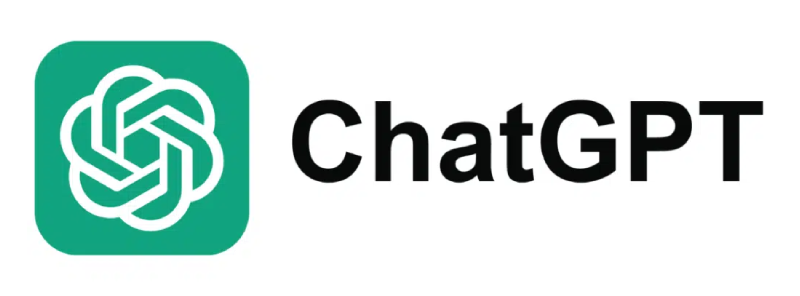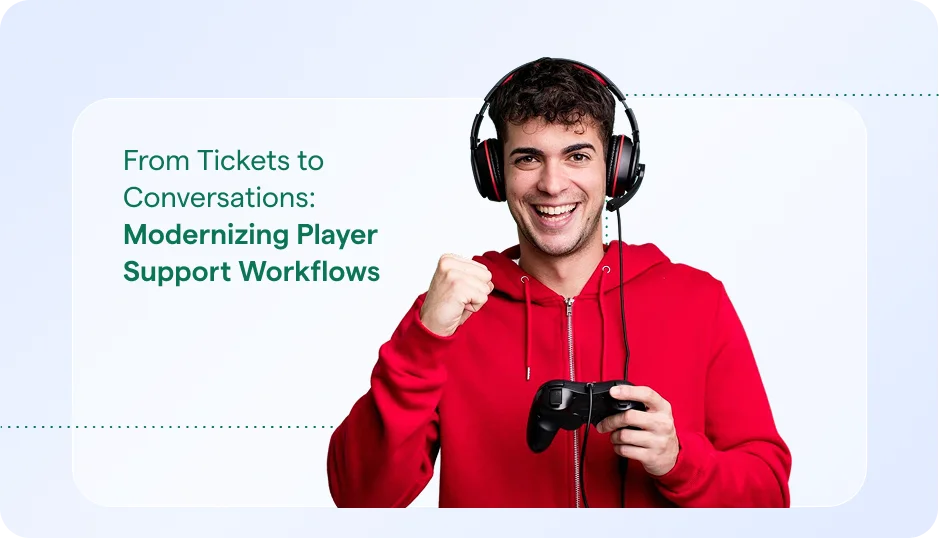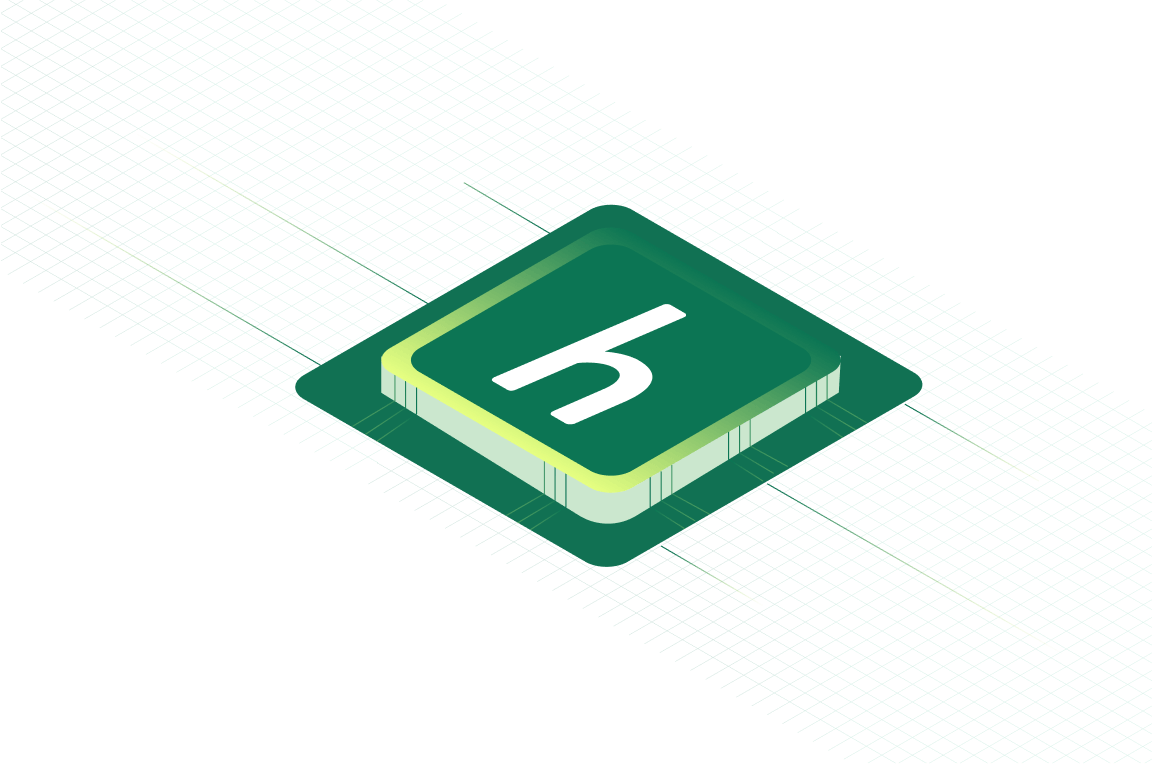The evolution of AAA games has dramatically outpaced the systems designed to support them. While gameplay has become more immersive, real-time, and globally connected, many studios still rely on outdated, fragmented support models that were never meant for today’s LiveOps-driven experiences.
By 2026, that disconnect will no longer be sustainable.
AI-powered in-game support is already redefining how studios manage player satisfaction, scale global operations, and respond to the ever-growing demands of modern gaming audiences. With automation, multilingual capabilities, and deep backend integrations, studios aren’t just deflecting tickets—they’re resolving problems instantly, improving CSAT, and keeping players in the game.
This article explores why in-game AI support is fast becoming the new standard, what’s driving the shift across AAA studios, and how companies like Helpshift are helping studios future-proof their player experience at scale.
The Shift Toward Embedded Support in AAA Games
Legacy support systems were built for static games and small-scale user bases. But today’s AAA titles demand speed, scale, and seamlessness that email tickets and web forms simply can’t provide.
Why Traditional Support Channels No Longer Work for Modern Games
Gamers don’t want to leave the game to get help. Yet many studios still rely on outdated support flows—directing users to external FAQs, community forums, or slow ticketing systems. According to Helpshift’s console gaming survey, 62% of players say support for console games feels outdated, while 33% experience regular frustration with it. Even worse, 24% of players rage-quit due to support issues. This creates a serious retention problem—and a missed opportunity to build trust at a critical moment.
The Rise of LiveOps, Always-On Experiences, and Global Player Bases
Modern games aren’t one-time releases—they’re living, evolving services with daily events, seasonal drops, and real-time updates. That means support has to run 24/7, adapt to event-based surges, and operate flawlessly across languages and regions. Helpshift’s benchmarks show that gaming brands, more than any other sector, are embracing automation to meet these needs—achieving up to 85% automation adoption and reducing reliance on manual workflows.
The Role of AI in Scaling Real-Time Player Support
AI isn’t just about deflecting tickets—it’s about resolving them. Helpshift’s Smart Intents, API-powered bots, and Language AI allow in-game agents to understand player intent, trigger back-end actions (like reward redelivery), and serve support in the player’s preferred language. With 58% of issues now fully resolved through automation, studios can keep players immersed, reduce churn, and operate leaner support teams—all without compromising on service quality.
7 Reasons In-Game AI Agent Support Will Be Standard by 2026
The future of player support isn’t on a website or help desk—it’s right inside the game. AI agents are already transforming the way studios manage scale, speed, and satisfaction. Here’s why in-game AI will be the industry standard by 2026.
1. Players Expect Instant, In-Context Help
Today’s players don’t just want support—they want it now, and they don’t want to leave the game to get it. Traditional support methods like email or external web forms introduce delays, context loss, and friction. That disconnect is driving real frustration: 89% of console gamers say they’d reach out more often if support were easier to access.
In-game AI agents meet this expectation head-on. They offer real-time assistance without interrupting the session—surfacing help articles, triggering automation flows, or answering questions via conversational bots. Powered by Helpshift’s Smart Intents and NLP models, these agents instantly understand what the player needs and deliver relevant answers based on in-game context. This isn’t just good UX—it’s retention insurance.
2. Live Service Games Can’t Afford Downtime in Support
LiveOps games operate like always-on services: battle passes, raids, time-limited offers, seasonal content. One support outage during a major event can mean lost revenue and damaged player trust. Human-only support teams can’t keep up with global demand and off-hour peaks.
That’s where AI agents come in. Available 24/7, they scale across time zones and traffic spikes. With backend integrations via APIs, Helpshift bots can automatically check account status, process refunds, confirm purchases, or issue make-goods—all without human involvement. This ensures that no matter when or where a problem occurs, players get instant resolution, not a ticket number.
3. High Player Volumes Require Scalable Support
AAA studios routinely deal with millions of players and unpredictable volume surges—especially during launches, updates, or promotional events. Hiring and training enough human agents to match that scale is both cost-prohibitive and logistically unrealistic.
AI solves this scale problem. Helpshift’s automation data shows that gaming brands now resolve 58% of issues through bots alone, with partial automation handling another 27%. AI agents don’t just deflect—they pre-qualify, triage, and act, handing off to agents only when necessary. This hybrid model enables studios to maintain lean teams without compromising on player experience, even at peak times.
4. In-Game AI Enhances Player Retention and CSAT
Support isn’t just about fixing problems—it’s a driver of player satisfaction and long-term retention. When support is slow or inaccessible, players churn. In Helpshift’s console gaming survey, 69% of players found support too time-consuming, and 24% admitted to rage-quitting games out of frustration.
Conversely, instant, contextual help keeps players in flow. Helpshift’s AI-first customers see measurable increases in CSAT and retention, driven by faster resolutions and reduced friction. In one benchmark, games using Helpshift’s embedded support reported up to a 2× improvement in CSAT compared to those using external support channels. When support is part of the experience—not a disruption—players stay loyal.
5. Multilingual AI Agents Can Support Global Launches
Global games mean global players—and that means multilingual support is a must. But hiring and training human agents for 10, 20, or 30 languages isn’t scalable for most studios.
Helpshift’s Language AI makes it possible to deliver accurate, culturally sensitive support in over 180 languages—automatically. Whether through translated bot flows, self-service content, or in-context agent translation, Helpshift empowers studios to support every market without the cost and delay of region-specific teams. Research shows 76% of consumers prefer buying from brands that offer support in their own language—AI makes that possible at scale.
6. AI-Driven Insights Improve Game Design and LiveOps
AI support isn’t just reactive—it’s a rich data source. Every interaction a player has with a bot generates structured insights about pain points, bugs, monetization blockers, and content confusion. With Helpshift’s Intent AI, teams can categorize issues in real time, track trends, and identify design flaws.
This intelligence feeds directly into LiveOps and product decisions. For instance, if a large volume of players encounter a UI problem during a limited-time event, the team can react within hours—not weeks. By turning support into a feedback loop, Helpshift transforms it from a cost center into a strategic asset.
7. AAA Studios Are Already Leading the Way
This isn’t a hypothetical future—leading studios are already embedding AI agents in their support workflows today. Krafton, the company behind PUBG, uses Helpshift to deliver in-game assistance at scale, leveraging AI bots, language translation, and backend integrations to provide seamless support across millions of players and global regions.
Hutch, another Helpshift customer, has used automation to manage high-volume mobile game support while improving CSAT and reducing agent load. These examples show that AI isn’t just for startups or mobile-only studios—AAA publishers are investing in embedded AI because it works.
What Makes a Great In-Game AI Agent?
Not all AI agents are created equal. To truly support the demands of modern AAA games, in-game AI must be more than just fast—it must be accurate, context-aware, and capable of knowing when to hand off to a human. Here’s what separates good bots from game-changing ones.
1. Fast, Accurate, and Always Available
Speed is table stakes. The best AI agents respond instantly—but more importantly, they do so correctly. Helpshift’s Quick Search Bot and Smart Intents are trained to understand nuanced player language, identify the real issue, and serve only the most relevant articles or solutions. With over 90% accuracy in intent classification, these bots ensure players don’t have to sift through irrelevant answers or repeat themselves.
Always-on availability is another defining trait. Whether a player is in India or Ireland, playing at 2 PM or 2 AM, the AI agent is there. And thanks to built-in Language AI, the experience is personalized in their preferred language, without delay or loss in quality. This constant, consistent presence builds trust—and keeps players in the game.
2. Deep Game Integration and Player Context Awareness
Generic bots fail because they don’t understand the game. Great in-game AI is deeply integrated into the game’s backend systems. That means it can check inventory status, confirm purchase history, validate event participation, and even trigger in-game actions like reward redelivery.
Helpshift’s platform enables this through API-level connections that bridge the AI layer with core game services. So when a player says “I didn’t get my daily reward,” the AI doesn’t just respond with a help article—it checks the reward logs, validates the claim, and processes a resolution autonomously if warranted. This level of contextual intelligence turns support into a seamless part of gameplay, not a detour.
3. Smart Escalation to Human Agents When Needed
Even the best AI can’t handle everything. VIP issues, payment disputes, account recovery, and emotionally sensitive cases still require a human touch. What separates a great AI agent from a mediocre one is knowing when to escalate—and how to do it cleanly.
Helpshift agents are designed to escalate with full context: conversation history, player data, sentiment, and even suggested next steps. This eliminates the painful repetition that plagues traditional support models. And with Helpshift’s Agent Co-Pilot AI, live agents can pick up where bots leave off—armed with summaries, sentiment analysis, and translation tools to resolve the issue quickly and empathetically.
Final Thoughts: AI Isn’t the Future—It’s the New Standard
The time for debate is over. AI-powered in-game support isn’t an emerging trend—it’s already setting the benchmark for how modern AAA studios operate. Studios that are still relying on web forms, email tickets, and human-only queues are falling behind both technologically and reputationally. In a world where gameplay is always-on, support has to be as immediate, intelligent, and seamless as the game itself.
Helpshift’s benchmark data makes the case undeniable: 58% of issues are now fully resolved through AI automation. These aren’t just deflected tickets—they’re real problems solved by bots that understand player intent, access backend systems, and take immediate action. And with multilingual support powered by Language AI, global players can get assistance in their native language, without studios needing to staff local agents around the clock. The results speak for themselves—higher CSAT, better retention, and reduced agent overhead.
Delaying adoption is no longer a neutral choice—it’s a competitive disadvantage. Support is no longer a siloed function; it’s a core part of the player experience. Poor support means churn. Slow support means missed monetization. And disconnected support means players leave without telling you why.
Studios that embed AI support into their gameplay today are reaping strategic benefits across the board: operational efficiency, global scale, deeper player insights, and stronger brand loyalty. They’re turning support from a reactive cost center into a proactive engine for player engagement.
For studios looking to meet the expectations of tomorrow’s players—before their competitors do—now is the time to act.
See how Helpshift can help you deliver intelligent, in-game support at scale. Request a demo and future-proof your player experience before 2026 makes it the default.








